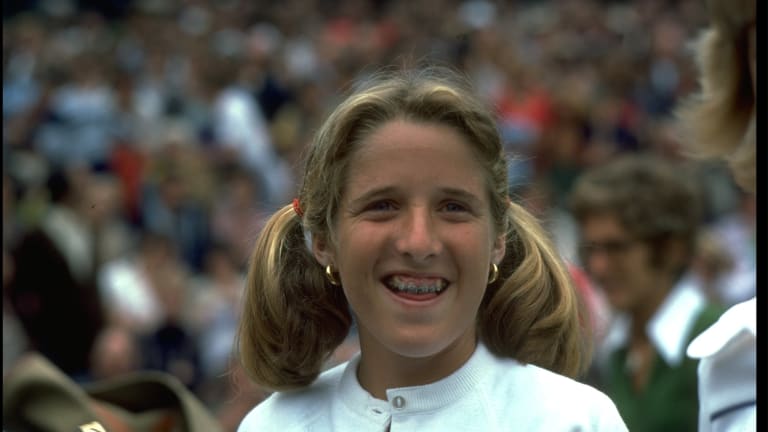Tennis Lessons
Tracy Austin, former world No. 1, turns 60
By Dec 12, 2022Tennis Lessons
On This Day: Maria Sharapova caps breakthrough 2004 season with WTA Tour Championships crown
By Nov 15, 2021The Business of Tennis
Jannik Sinner surpasses 50 million dollars in career prize money after winning Vienna
By Oct 27, 2025Your Game
Tecnifibre releases special-edition Danille Collins pickleball paddle
By Oct 04, 2025Style Points
Spotted: Carlos Alcaraz checks out Roger Federer’s ultra-rare Rolex at Laver Cup
By Sep 24, 2025Your Game
Racquet Preview: Solinco unveils Blackout V2
By Sep 24, 2025Player News
Elina Svitolina shuts down 2025 season “to heal and recharge”
By Sep 23, 2025Your Game
Geared Up: Victoria Mboko is turning heads in all Wilson
By Sep 23, 2025Lifestyle
Victoria Mboko: 'Legacy in motion' captured in Rolling Stone Africa cover story
By Sep 22, 2025Social
Introvert King Taylor Fritz sends cat memes at the club after Laver Cup victory
By Sep 22, 2025Tracy Austin, former world No. 1, turns 60
The two-time US Open champion remains present in the world of tennis, even after her playing career.
Published Dec 12, 2022
Advertising

A young Tracy Austin exudes excitement during the 1977 Wimbledon Championships.
© Getty Images